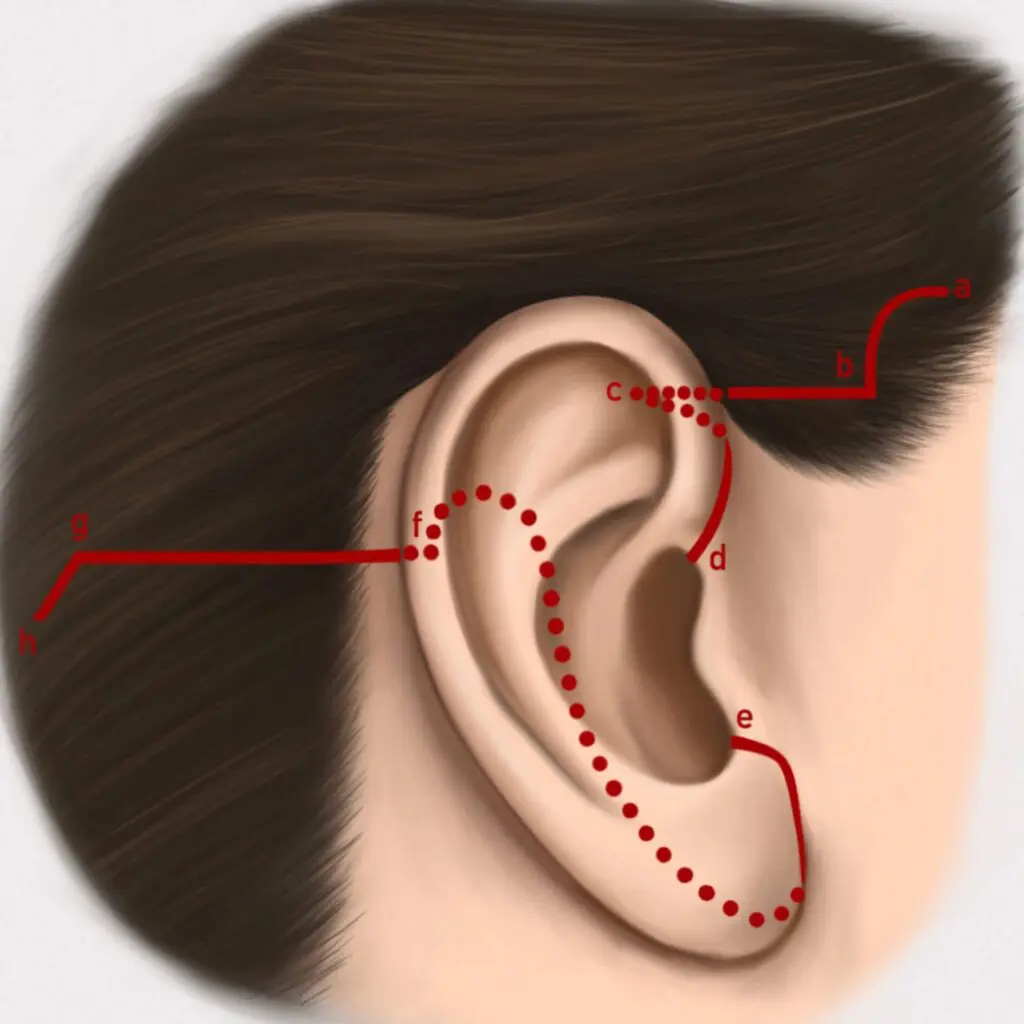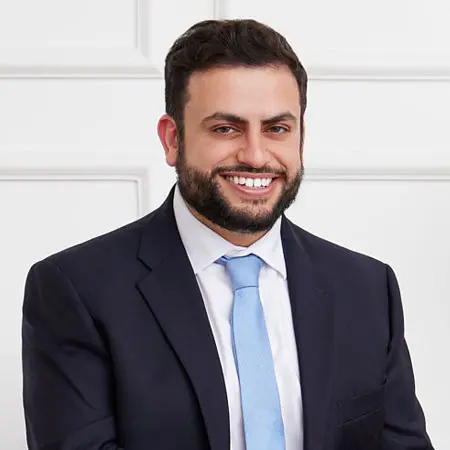May 02, 2022 | Facelift Incisions
3 minute read
Patients seeking a facelift desire improved neckline and jawline, but rarely at the cost of visible surgical scars, which constantly remind observers that this person had undergone cosmetic surgery.
All incisions result in scars. That is a matter of fact, and there is no getting around that. However, not all scars are created equal. Well-executed incisions and well-planned surgeries can result in inconspicuous scars that are hard to detect. Because facelift surgery often involves long incisions around the hairline and ears, proper placement of the incisions and meticulous closure are essential for creating inconspicuous incisions and a natural result.
Telltale signs of poorly planned facelift incisions include the loss of temporal hair, visible or widened scars, tethering of the ear lobe, webbing behind the ear, and a step-off in the posterior hairline. Dr. Kridel has previously coined the phrase “facelift cripples” to describe patients who can no longer wear their hair up because of the disfigurement from a poorly executed facelift.
There are many different techniques to perform a facelift. Likewise, there are many ways that surgeons choose to design their facelift incisions. At FPSA, Dr. Kridel and Dr. Delaney have refined their facelift incisions. They examine every component of the facelift incision to ensure that the incisions are placed and created in a fashion that best hides the incision.
When possible, we try to hide the incisions in hair-bearing areas. Therefore, part of the incision is placed in the sideburn and posterior hair. The posterior hairline is always carefully lined up to prevent a step-off deformity. Working within the hair-bearing regions adds a little more time to the surgery but concealing the incisions within the hair is well worth it.
Around the ear, the incision is placed between the junction of the ear and the cheek where there is already a natural crease, and behind the small triangular cartilage known as the tragus. The incision then courses around the earlobe, up the back of the ear, and curves into the hairline behind the ear.
Well-executed and meticulously closed facelift incisions can create inconspicuous incisions that contribute to a more natural rejuvenation. Therefore, when consulting with a facelift surgeon, it is imperative to ask to view photos of patients that they have operated on to see how the incisions appear. At FPSA, we are pleased to share many photographs of facelift results and inconspicuous incisions of our Houston and out-of-town facelift patients.





